Baofeng T1 Mini First Impressions
Baofeng T1 Mini, aka Baofeng Mini aka BF-T1 aka BF-9100. Supposedly “inspired” by the Hytera PD362.
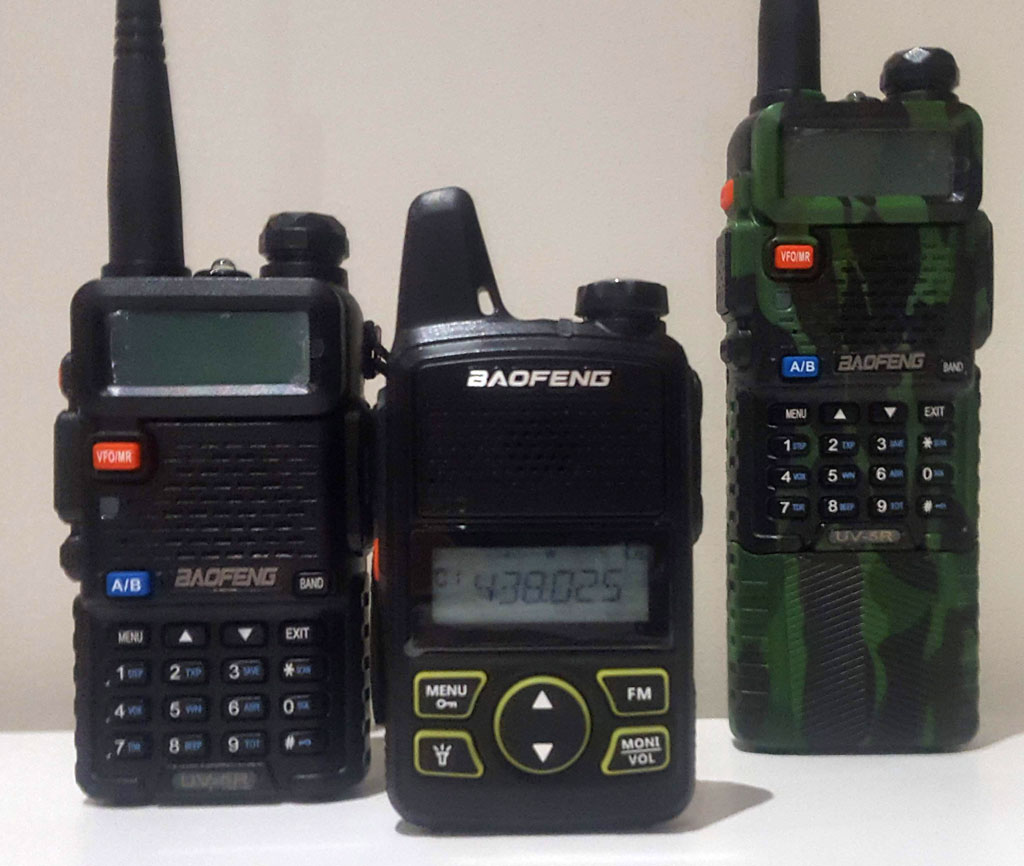
400-470MHz, 1 watt output, tiny. But, is it any good?
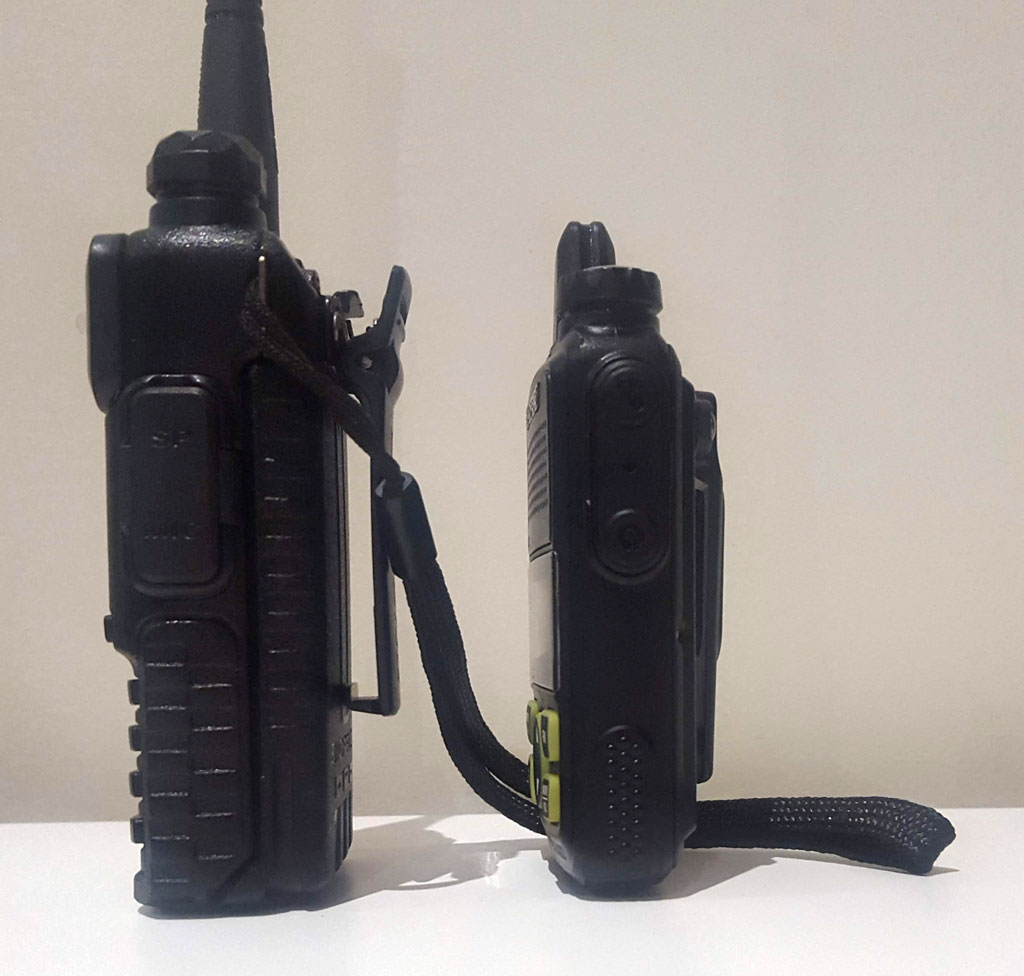
It’s about the same height as an antenna-less UV-5R, but it’s about half the thickness.
As for frequency range, the claims of 400-420MHz on some product listings are incorrect. Some have reported that it is capable of operating on 378.5 to 519.9MHz, but I’m not going to test out-of-band operation.
Some people have programmed 2m frequencies in and the radio appears to transmit. However, there is no 2m low pass filter so you will be transmitting harmonics where you shouldn’t. RX on 2m should be free from license-violating harmonic spewing, but I don’t imagine good results would be had with the antenna that’s tiny for 70cm let alone 2m.
The screen looks like it was borrowed from a $2 calculator. It’s your standard 7 segment display with some icons along the top, and a small 7 segment channel indicator on the right.
There’s 20 memory channels and no VFO mode. There are no channel names, so I guess you’re going to have to start learning your repeaters by frequency.
Technically, there’s actually 22 channels - as there’s two special channels called “emergency” and “relay”. The “Emergency” channel is the one switched to when the SOS button is pressed. The “relay” channel is something to do with the Baofeng Mini Mobile - a 15w mobile radio that you can plug the BF-T1 into and have it work as the front panel.
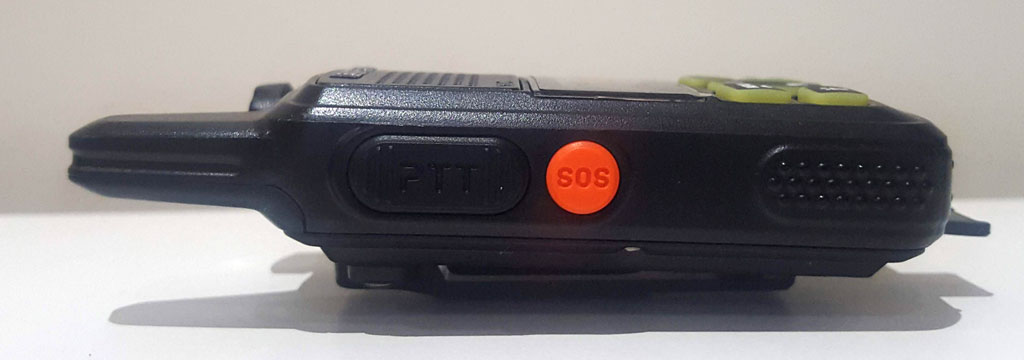
On the left, we have the button to activate the emergency channel. Above that is the PTT, which is a little strange - it’s actually two separate buttons under the rubber cover. Both do the same thing but the whole switch does not move as one.
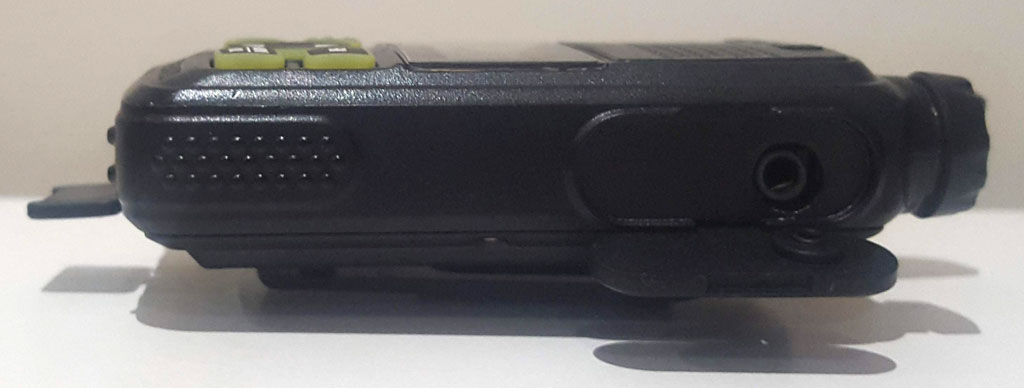
There’s a headset socket but it’s not the standard K-type (even though the manual shows a K-type being plugged in…)
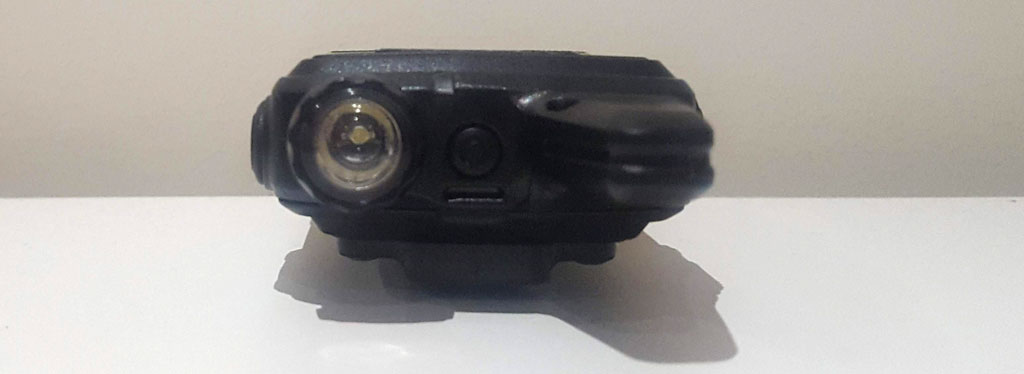
The “knob” on the top is actually a torch - and it’s a cut above the usual recessed 5mm LED. It’s brighter and actually has a proper reflector.
There’s a high power and a low power mode. Given the “dummy load” antenna and 1W power output, I’m not sure why you’d want to go any lower.
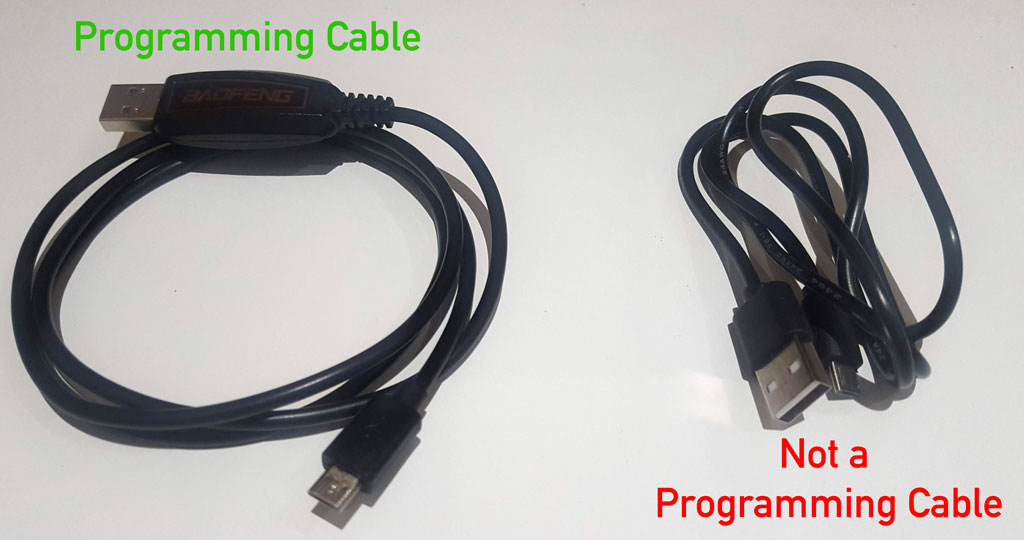
The second set from eBay claimed to come with programming cables. Be aware that the USB cable in the box is just a standard USB cable and this radio requires a hacky “serial on the USB pins” programming lead. The standard USB cable can only be used for charging.
Given there’s no VFO mode, make sure you get a programming lead or you’ll be unable to use the radio. Some of the factory programmed channels happen to be in the 70cm band but nearly all have tone squelch and aren’t where you’d want them - they’re programmed in for factory test purposes, not for anyone to actually use.
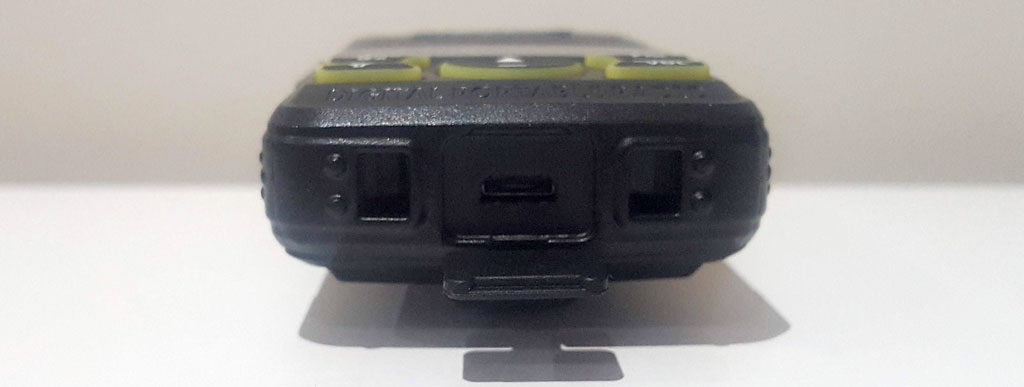
Charging and programming is done by a Micro-USB socket on the bottom covered by a rubber flap (which I now realise was open for all the other photos…). There’s some cutouts in the bottom that look like they’re for alignment in a cradle, but I haven’t seen such a thing available. I’d be interested in one though…
The included software is the usual terrible Windows-only affair but fortunately the radio is now supported in the open source programming software Chirp.

Let’s program in a few frequencies. You’re going to need a repeater or two, as simplex probably won’t go that far. Here we have VK3RCC, VK3RAD (linked repeater system), 70cm Simplex Calling, and two simplex channels (first is in the FM Simplex region, second is in the All Modes region).
I can get into VK3RCC from here just fine on it, but to be fair I’ve successfully activated VK3RCC accidentally in the car with no antenna fitted. Testing on simplex had a range, unsurprisingly, shorter than the Wouxun with SignalStick but it still managed several hundred metres in an urban area (I’m not going to post exact distances because what’s between the two radios matters much more than distance, so YMMV).
Testing the radio on air, I’m audible but the TX audio is a little quiet. On the RX side, however, there’s one major issue with it - it’s loud! Seriously loud!. I can’t believe that such a small device can be so loud. Even on minimum volume, it’s loud. At maximum volume it’s somehow even louder.
Initial verdict: It’s underpowered and severely lacking in features, but it’s tiny and it’d be a good backup radio especially given you can just plug in a MicroUSB lead to keep it charged.
Next up: we’ll open the radio, fix this little problem and have a look round inside.
